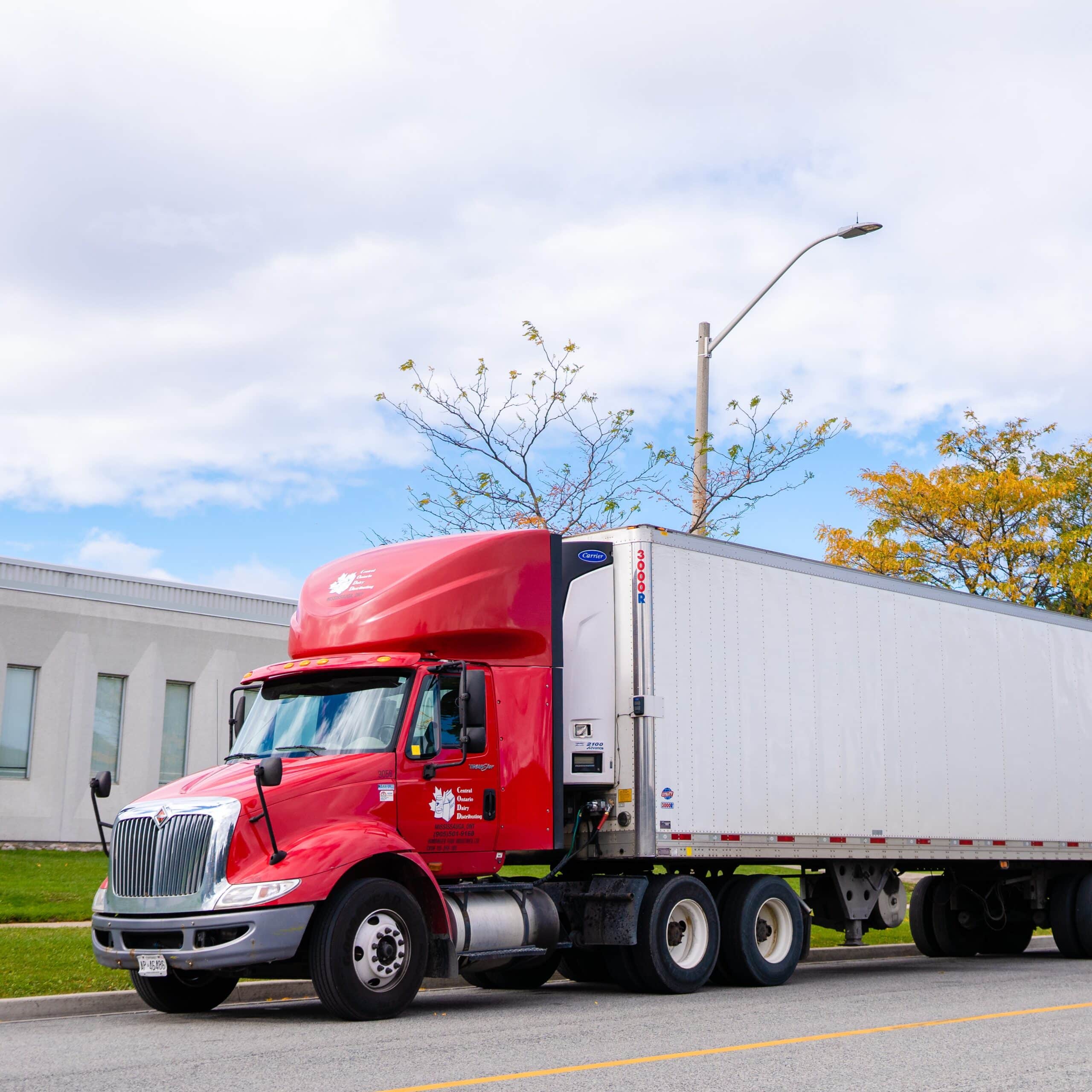
- Fruits and Vegetables (sweet potato, tomatoes, spinach, strawberries, apples, etc)
- Protein Foods (nuts, beans, meat, fish, eggs)
- Whole Grain Foods (pasta, rice, quinoa, bread)
- Water as your drink of choice

As demand for Canadian products grows, businesses across the food industry are seeking reliable ways to source local, high-quality goods. Whether you’re a restaurant, grocery store, or food service provider, finding the right partners can make all the difference in...
At CJR Wholesale and DairyCentral, we take pride in being a truly Canadian wholesale company, dedicated to serving businesses of all sizes across the province. Whether you run a cozy café in a small Ontario town or manage a large-scale operation in the city, we...
In the dynamic world of grocery retail, no two businesses are alike. Independent grocery stores and large chains each face unique challenges and opportunities. At CJR Wholesale & DairyCentral, we understand that a one-size-fits-all approach simply doesn’t work....
Sign up to receive free updates and tips.


